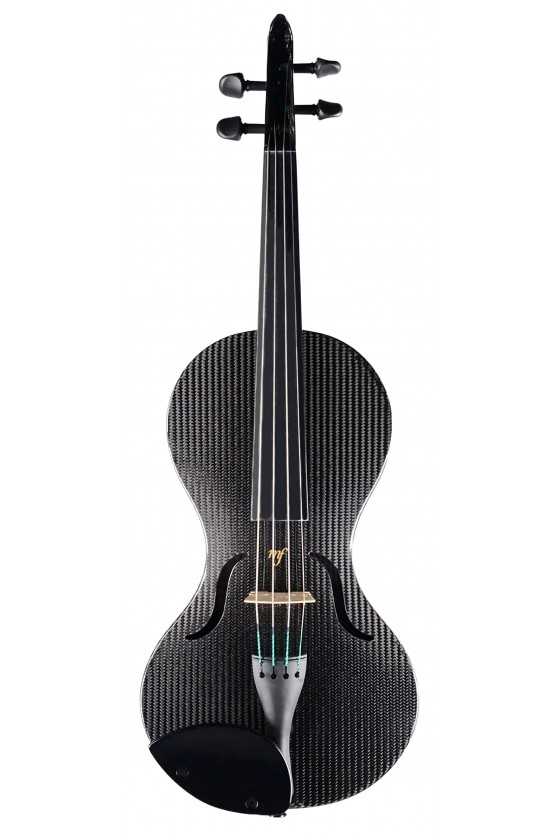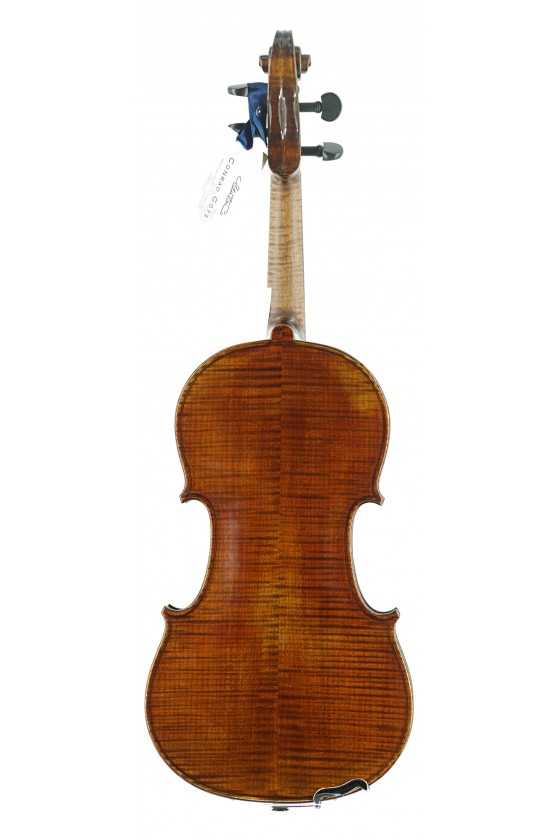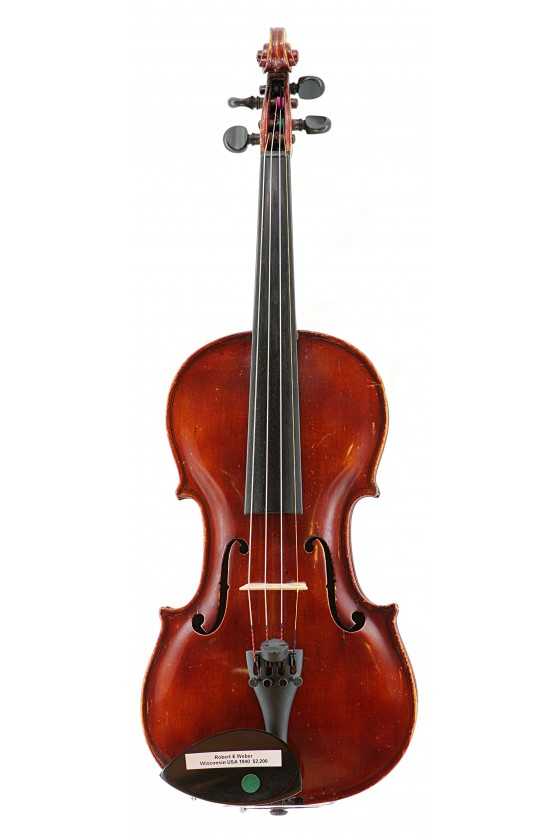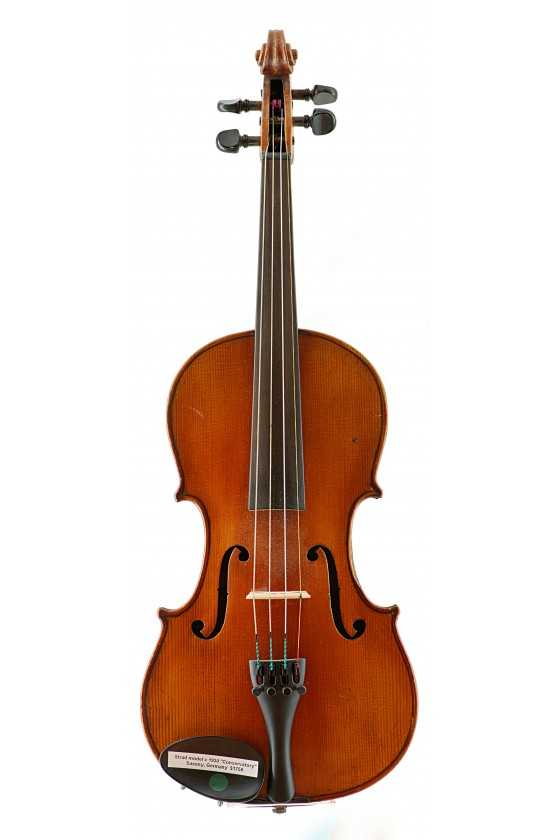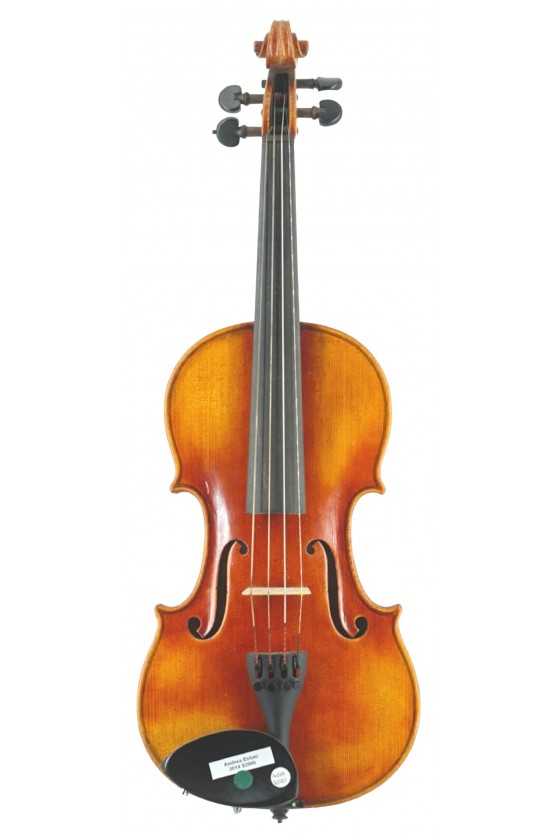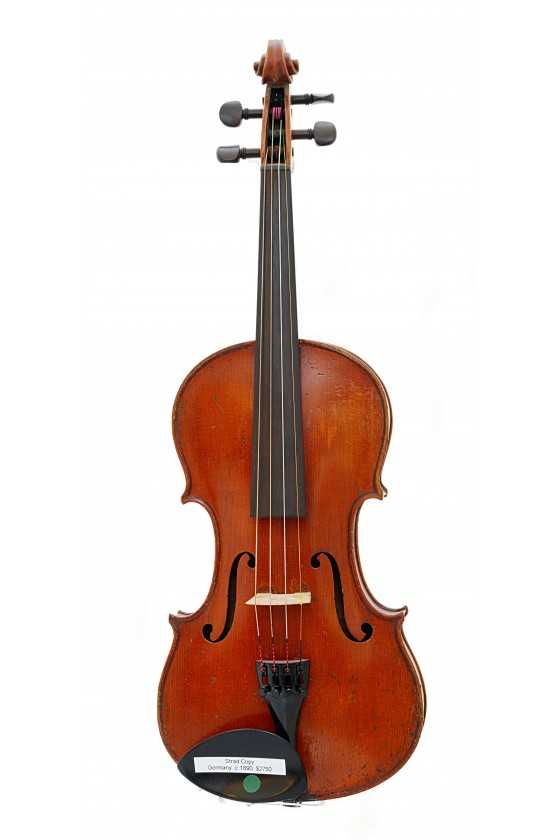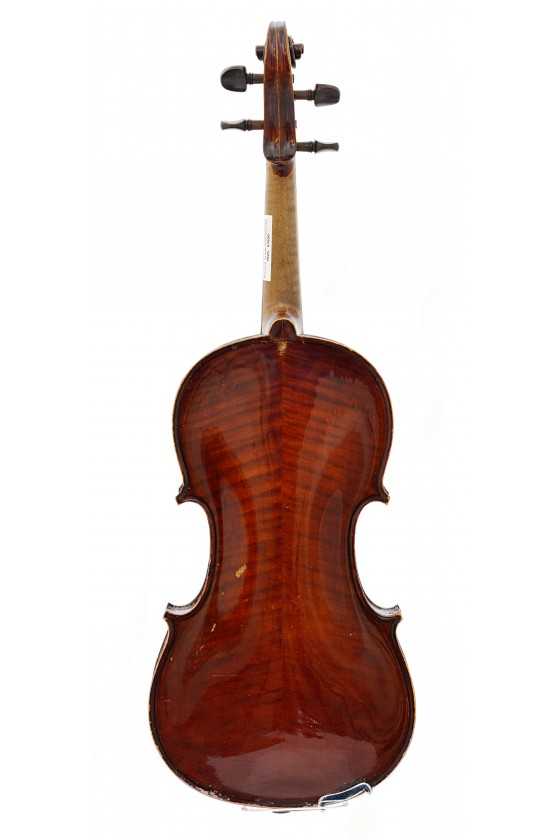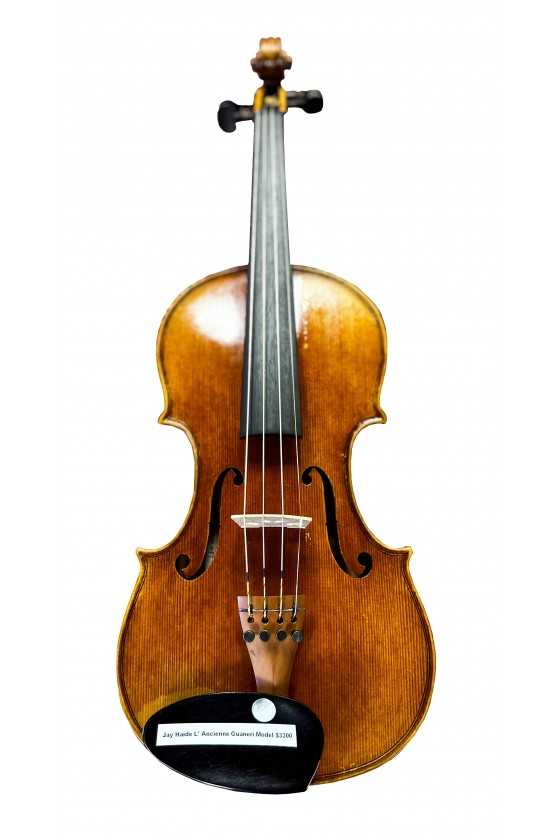Mezzo-forte Carbon Fiber: Please enquire about the availability
Many are amazed at the exceptional sound of Mezzo-forte carbon fibre violins, given that they are not made of wood. These violins produce warm and brilliant tones, with impressive projection and comfortable playability even in higher positions. Additionally, they rarely have wolf notes.
In 2009, Mezzoforte started creating carbon fibre violins, following the triumph of their carbon fibre bows. The process included technical construction, moulding, and sound experimentation. By late 2011, they had finished developing the violin after three years of hard work. These violins are produced in Germany and are carefully assembled by an expert luthier in the Mezzoforte workshop. Prior to being sold, they undergo rigorous testing.
Each instrument has a certificate of authenticity and a unique serial number for easy identification.
In 2015, Mezzoforte's carbon fibre violin won first place at the Deutschen Musikinstrumentpries, a prestigious German competition honouring contemporary instrument-making excellence. The instruments were evaluated through blind tests to assess their sound quality and acoustic performance, followed by thoroughly examining their craftsmanship and price-to-performance ratio.
The carbon fibre violin, priced accessibly compared to the wooden violin, was second to the $20,000 valued Guarneri replica by luthier Andreas Haensel.
Making an instrument from carbon fibre has other advantages:
- They are not affected by climate changes such as humidity or temperature
- Carbon fibre is strong and stable
- They are striking in appearance
- It is ideal for travelling and playing outside


